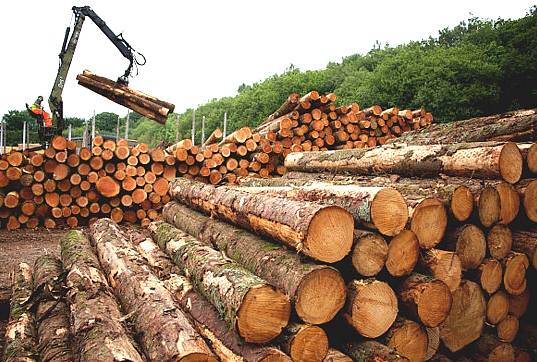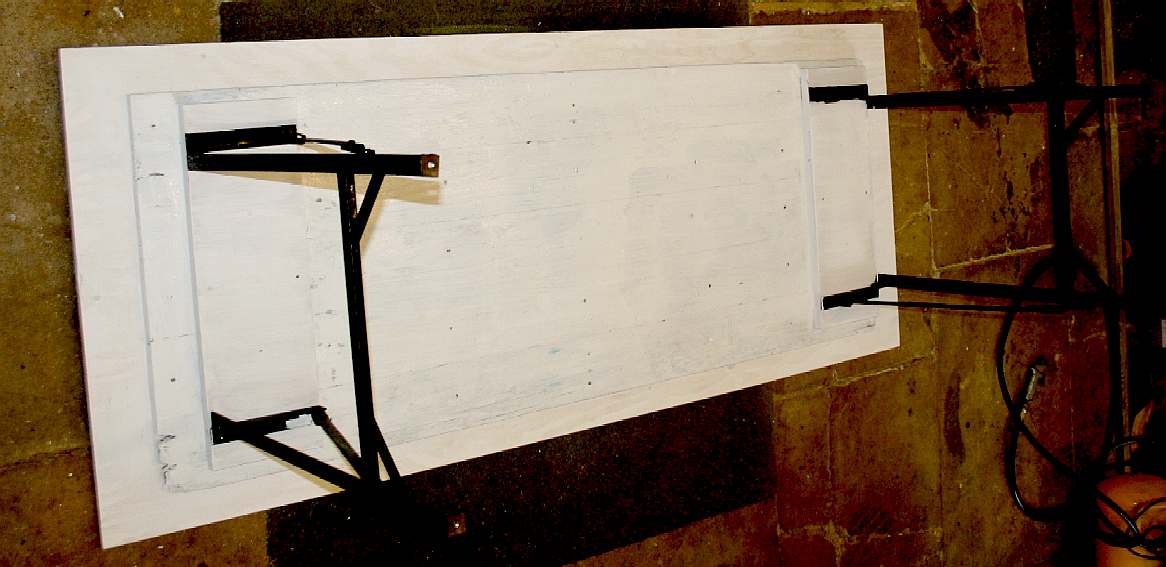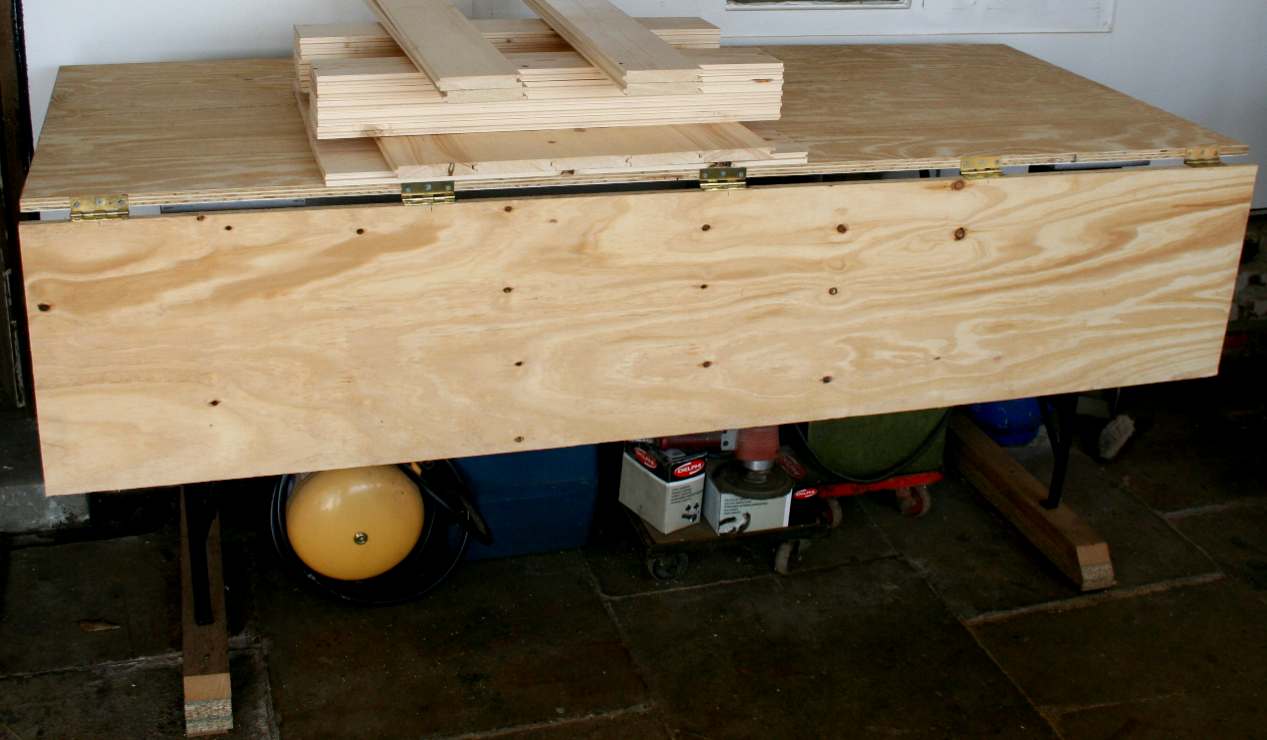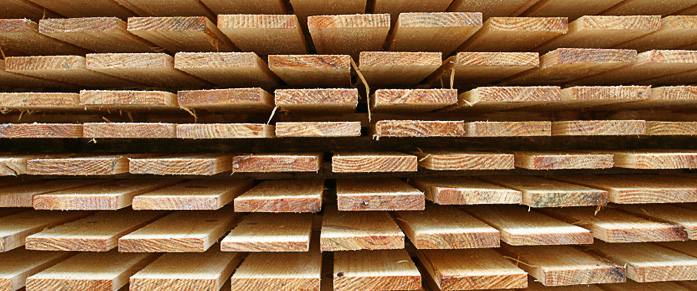|
WENBAN SMITH
|
|||
|
WOOD AS A BUILDING MATERIAL:
When it comes to sustainability, wood is one of the best materials imaginable - but only if it is grown in properly managed timber estates. The ships of old were built of wood by skilled craftsmen. Carpenters make furniture from wood. Wood is lighter the steel as a structural component but being a natural product is limited in size.
About 45% of the UK's CO2 emissions come from buildings. The Climate Change (Scotland) Act 2009 aims to reduce emissions by at least 80% by 2050. In Scotland, sustainability of buildings is embedded into the building standards. These standards are constantly being increased. The Sullivan Report made recommendations to achieve total-life zero-carbon buildings by 2030.
As the expected operational performance of buildings increase, the environmental impacts of the construction materials used become more significant. These impacts include; the use of raw materials; transportation, the resources used in manufacturing, and the emissions generated. For timber products embodied carbon is an important green credential. For a comparison of materials see the Inventory of Carbon and Energy prepared by Hammond and Jones of the University of Bath.
Timber
captures and locks CO2 up, to a limited extent combating greenhouse gas
build up. While is is growing, forests generate oxygen - and that is why
we cannot afford to lose the Amazonian
Rainforests. Trees absorb carbon dioxide as they grow while simultaneously providing biodiversity rich habitats for wildlife, a variety of ecosystem services and leisure spaces for local communities.
The choice of sustainable materials is not the whole story however. Building design, process and quality are also important determinants of how well the building performs - as is the way in which it is ultimately used.
KEY FACTS
* Timber-frame construction accounts for around 75% of all new homes in Scotland
* It costs around 5% less to build a timber-frame house, and can be built 30% quicker
* A typical timber framed house saves 4 tonnes of CO2 compared to an equivalent brick house
* Timber creates less waste in its production than either brick, plastic, concrete or steel
* Modern timber windows can be designed to last 60 years if properly maintained
* Unlike metals, wood retains its strength in a fire, and doesn't sag, bend or melt
*Using timber in construction improves the sustainability of buildings.
* Opportunities exist for the forest industries in the UK to increase their markets through the use of timber in construction, helping to meet the government targets for reduction of CO2 emissions from buildings
The Forestry Commission in England supports the use of sustainable timber in construction and as a source of renewable energy. This website will allow you to find out more about Forestry Commission projects that use locally grown sustainable timber and about how they promote timber as a renewable and sustainable material.
SUSTAINABLE FOREST MANAGEMENT
TABLE ASSEMBLY - The underside of the 18mm plywood was marked out with centerlines and leg mounting distances. The old pine planks were laid onto the plywood and clamped tight, then screwed to the plywood. On top of the pine, the 24mm x 610mm x 203mm hardwood ply pads were laid and the legs screwed through the pine planking to the 18mm spruce table top. Be careful to use the right length screws. They should be tapered steel wood screws, with the holes pre-drilled to avoid splitting the wood. This gives a stronger fixing than when screwing straight into the wood with modern chipboard screws with no taper.
A USEFUL WORKBENCH - Well, there it is. A very versatile workbench made from recycled materials with just another £24 for a new plywood top and £3 for some steel hinges. The screws were already in stock, but had you bought them, would have cost another £2. Total cost including paints will be in the order of £40. You could not buy such a string table for under £200 in the shops. It pays to DIY.
Don't forget to bevel all edges and sand off any rough grain before sealing the wood with a good preserver and water-proofer. The table is shown here carrying softwood planks to be used to make solid pine cabinet doors. The leftover plywood will be used to make a DVD/Bluray cabinet.
LINKS
http://www.disastercenter.com/guide/tsunami.html http://www.independent.co.uk/flooding-and-landslides-after-himalayan-tsunami-hits-india http://edition.cnn.com/2013/06/20/world/asia/india-floods http://rt.com/news/toll-dead-region-floods-633/ http://www.huffingtonpost.ca/2012/11/04/tsunami-flooding-storm-surge-vancouver-richmond-earthquake http://www.dailymail.co.uk/news/article-2174353/Japan-floods-2012 http://www.nws.noaa.gov/oh/hurricane/inland_flooding.html http://www.wickes.co.uk/
UK Forest Products Association Scottish Sustainable Construction Forum Passivhaus Trust- UK Passive House Organisation The Timber Research and Development Association Sustainable construction materials
|
|||
|
This website is Copyright © 2015. All rights reserved. All other trademarks are hereby acknowledged. Contact Us www.cherrymortgages.com |




